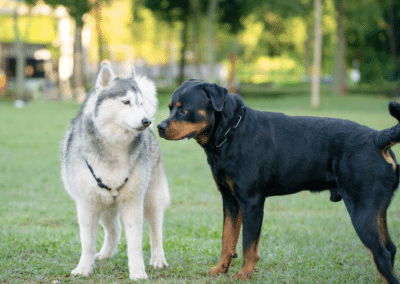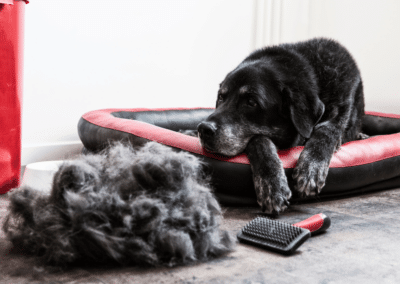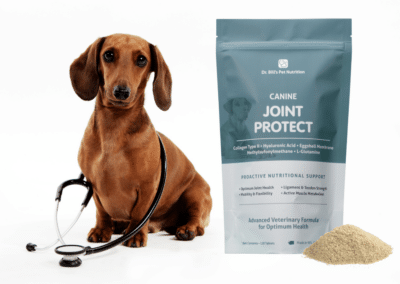Years ago, parvo in dogs reached epidemic proportions and the outcome was disastrous. Life expectancy during an outbreak was less than 30%. Parvo is still around today and while most cases are seen in puppies that are 6 weeks – 6 months of age, adult dogs can still be affected. Thanks to the development of a parvovirus vaccine for puppies, the incidence of canine parvovirus infections has been reduced radically.
Parvo in dogs is a highly contagious viral disease that manifests itself in two different forms, the more common form attacks the cells of the intestinal tract and white blood cells. Characteristic signs to look for include vomiting, bloody mucus-filled diarrhea, weight loss, dehydration, and lack of appetite. The less common form of parvo attacks the heart muscles of very young puppies, causing lifelong cardiac problems. If you think your dog has parvo, see a veterinarian immediately – early treatment is critical!
Parvovirus is extremely contagious and can be transmitted by any person, animal, or object that comes in contact with an infected dog species. Parvo is highly resistant as the virus can live in the environment for months and may survive on inanimate objects such as food bowls, shoes, clothes, carpets, and floors. Viral infections cannot be cured; therefore, treatment should focus on managing the symptoms and preventing secondary bacterial infections – preferably in a hospital environment. Intensive therapy and system support is the key to recovery. Prevention involves cleanliness and vaccination. Treatment includes fluid and nutritional therapyalong with the prevention of secondary bacterial infections. Providing your dog with optimum nutrition will also help them recover and stay healthy and strong.








0 Comments